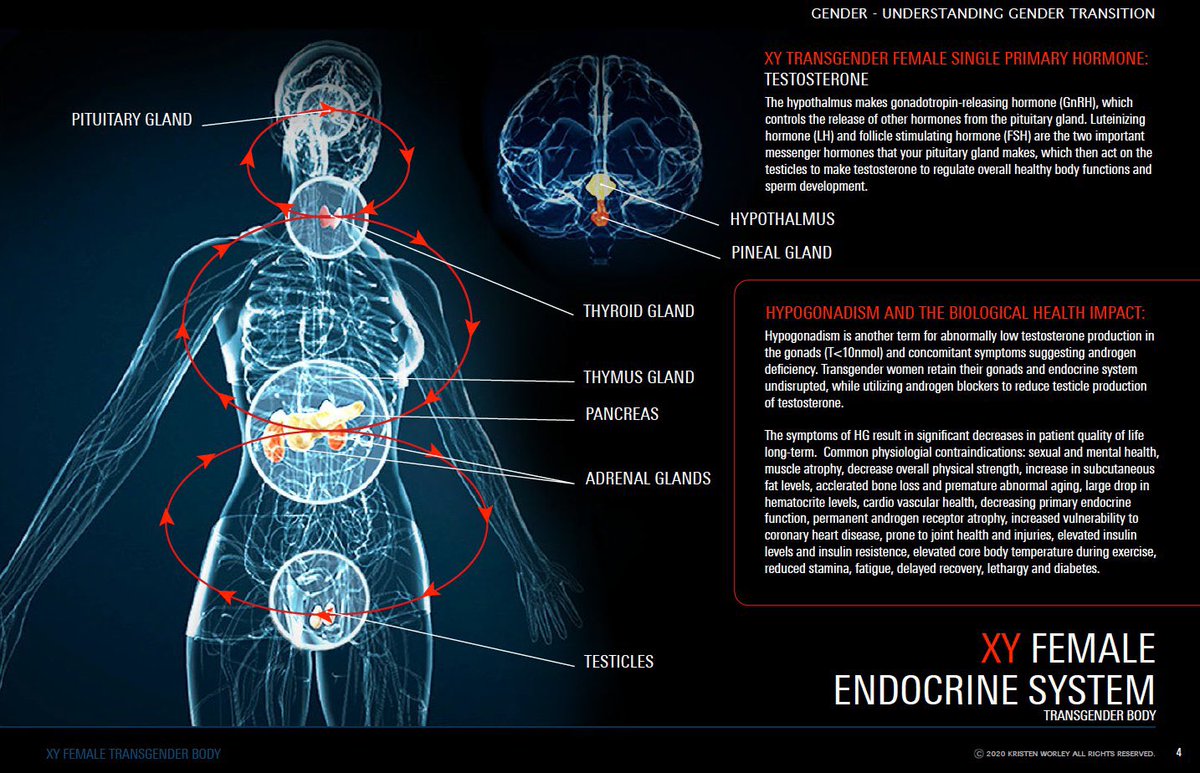
Sports like #WorldRugby blanket banning #transgender women on safety grounds place themselves on a slippery slope. Safety has no gender!
austlii.edu.au/au/journals/Ad…

austlii.edu.au/au/journals/Ad…

A separate trans policy is not necessary to address physical safety risks in sports. It is the disparity in size/strength that is relevant, not the source of the disparity.
Assessing any group of athletes as a monolithic group especially amongst trans athletes is flawed. Trans is an umbrella term many different body stages of transition & body types. 



The sex, gender or chromosomal status of an athlete does not create any inherent danger or risk to safety. Rather, it is dis- parities in strength, speed & endurance and/or physique of each individual athlete that may, depending on the sport.
To the extent that larger & stronger athletes (trans, intersex or cis) may pose a H & S risk, it is best to address that risk by amending the rules of the sport to engineer out (or at least minimise) the risks at their source (to employ more mainstream WHS parlance).
WHS law presents sport governing bodies, clubs & athletes trans, cis & intersex with a valuable avenue to pivot the discussion away from the moralism of a debate grounded in competing rights to a focus on risks & solutions grounded in a debate about safety.
It is possible that a larger & stronger trans or intersex athlete could pose a safety risk to smaller cis athletes (and vice-versa), remembering the gender status or identity of an individual does not create any inherent danger or risk to safety.
Rather, disparities in strength, speed, endurance &/or physique may do so,depending on the sport.
A strength and/or physique disparity is likely to create or exacerbate safety risks in sports that involve physical contact between competitors.
In combat sports such as boxing, wrestling and karate – where the object is to physically suppress the opponent – the risks posed by strength and/or physique disparities arguably are more significant and may warrant some mitigation.
However, risks emanating from disparities in strength & physique also exist between cisgender athletes competing in these sports.
Combat sports mitigate these risks – not by excluding athletes of certain strengths and physiques – but through the creation of weight divisions that seek to match athletes based on size and strength.
Risks from disparities in strength and physique also arise in contact and collision sports such as Australian rules football and rugby where aggressive physical contact is permitted under the rules and occurs continuously throughout the game.
However, these sports like AFL and @WorldRugby attract persons of different strengths and physiques, and a team’s success often can depend upon a skilful blending of these differences. 







To exclude bigger and stronger transgender and intersex athletes from these sports on safety grounds would create a precedent that would argue for the exclusion of equally big and strong cisgender athletes remembering that, from a safety perspective, it is the disparity in size
and strength that is relevant, not the source of the disparity.
In these full contact sports such as the AFL the risks from disparity in strength and physique are mitigated and managed through the rules of the sport.
This was made clear in the AFL’s 2018 Policy which stated that the rules of the sport (including those dealing with rough conduct, unsafe play and other on-field disciplinary matters)
are designed to ensure the safety of all AFLW & AFL (men’s) players, including gender-diverse and cisgender players.
It is also clear in the 2020 AFL Policy that while a trans or non-binary person may be excluded on the basis that their participation poses an unacceptable safety risk,
Such an exclusion would only arise in ‘exceptional circumstances’ involving a significant disparity in physique that cannot be managed safely within the rules of the sport.
resources.afl.com.au/afl/document/2…
resources.afl.com.au/afl/document/2…
Importantly, the 2020 Policy states it ‘will not arise simply from the proposed participation of a gender diverse person’.
The AFL’s ‘exceptional circumstances’ approach stands in stark contrast to World Rugby’s blanket ban & the ten states in the Usa that have recently legislated blanket bans of trans athletes in school sports.
The AFL 2020 policy is also in stark contrast to the recent recommendation in the UK to ban trans athletes as a monolithic community. Importantly the AFL policy agrees with the IOC gender framework it is the disparity that is relevant, not the source of the disparity.
End
End
“IN FACT”
There is no clear biological list of features that allow us to even remotely cleanly separate men from women.
Chromosomes? NOPE
Testosterone? NOPE
Height? NOPE
Vo2 Max? NOPE
Haemoglobin? NOPE
Weight? NOPE
Bone Density? NOPE
medium.com/@kirstiphillip…
There is no clear biological list of features that allow us to even remotely cleanly separate men from women.
Chromosomes? NOPE
Testosterone? NOPE
Height? NOPE
Vo2 Max? NOPE
Haemoglobin? NOPE
Weight? NOPE
Bone Density? NOPE
medium.com/@kirstiphillip…
Research finds trans women that undergo HRT their hemoglobin levels reduce to the normal F range within just 3–4 months & their Vo2 Max in 4-6 months & their muscle reduces mass 9.4 % in just the first 12ms of T deprivation.
sportsintegrityinitiative.com/imagining-fair…



sportsintegrityinitiative.com/imagining-fair…
https://twitter.com/kirstimiller30/status/1469204724180160512?s=21



• • •
Missing some Tweet in this thread? You can try to
force a refresh














